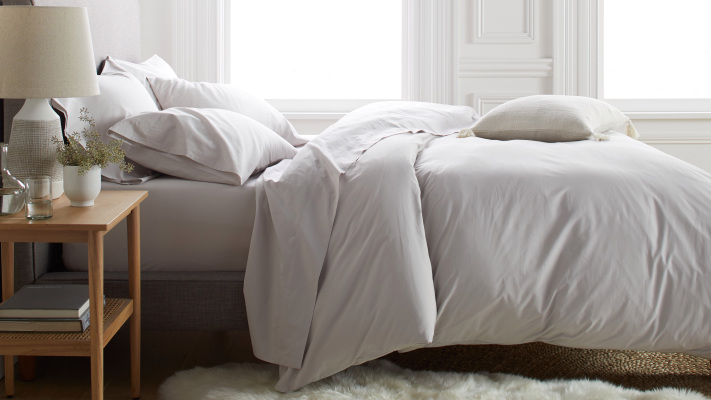The retail landscape is shifting rapidly. While D2C brands have changed the way we shop, Quince is looking to change retail even more dramatically.
The brand, which raised $8.5 million in seed funding last year (and only revealed as much today), is looking to rethink the supply chain with its own line of 700 items including men’s and women’s apparel, accessories, jewelry and home goods.
After beta testing for a year as ‘Last Brand,’ Quince is launching with a new model called ‘M2C,’ or manufacturer to consumer.
The idea is that Quince goes directly to factories with designs for essentials — not overly patterned or branded items — with an order that can dynamically adjust each week based on demand. As orders start coming in, Quince can work alongside manufacturers to ensure they aren’t over or under producing on a specific SKU. The factory then ships directly to the customer, rather than shipping to a distribution center or store and then again to the final destination.
You might think that factories wouldn’t be as amenable to this model, as they have little to lose when a brand overestimates demand for a SKU and doesn’t sell it through to the customer. But cofounder and CEO Sid Gupta says that this new model is being presented at a pivotal time in retail. Bigger brands, the ones that place orders for 100,000 units, are struggling during the pandemic and shrinking their SKU portfolio.
This leaves the factories with two options: turning to D2C brands or selling through a marketplace like Amazon.
“D2C demand is really fragmented, and most b2c companies are really sub-scale,” said Gupta. “It’s hard to get the efficiency gains out of it. The issue with selling on a marketplace, like Amazon, is you’ve got to compete with hundreds, if not thousands, of other sellers for the same exact good. If you’re a factory that actually makes high quality goods, and you pay your workers fairly, and you don’t damage the environment, your cost might be 3% or 5%, higher.”
He added that it’s difficult for a factory to have those factors shine through to the customer on Amazon, and more difficult still to learn how to play the advertising game.
This environment has made manufacturers slightly more open to a new way of doing things.
By working directly with factories, Quince says it’s able to bring the cost of luxury items down significantly, selling a cashmere sweater for approximately $50 instead of $150+, as you’ll often find with other brands. Quince works with more than 30 different factories across the world.
Cofounder and CEO Sid Gupta says the company has also thought very deeply about sustainability, setting standards around the materials used (are they organic or recycled?), the manufacturing process (is it ecologically sound?), worker pay, and more. The company is also looking into giveback programs to share in the profits with the factories and the workers.
The funding from last fall has allowed Quince to beta test last year and grow the team to 16, including cofounders Becky Mortimer and Sourabh Mahajan. Thirty-five percent of employees are female, and 65 percent of employees are minorities.
The company’s investors include Founders Fund, 8VC and Basis Set Ventures.
[ad_2]
Source link


